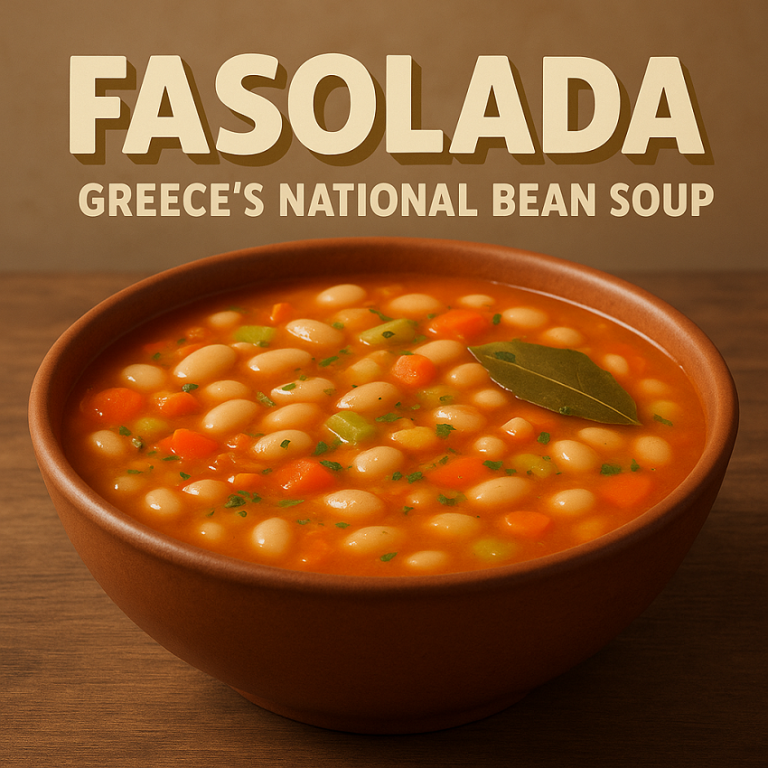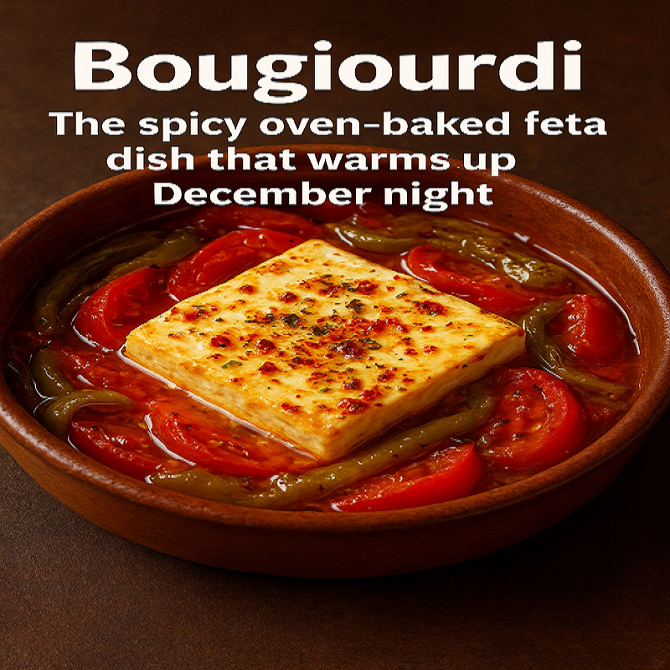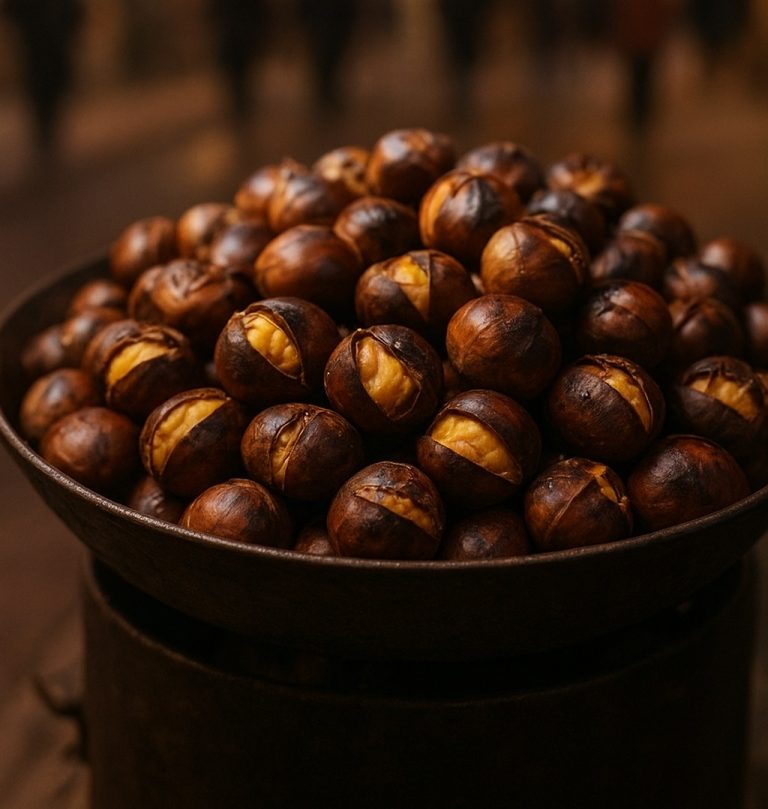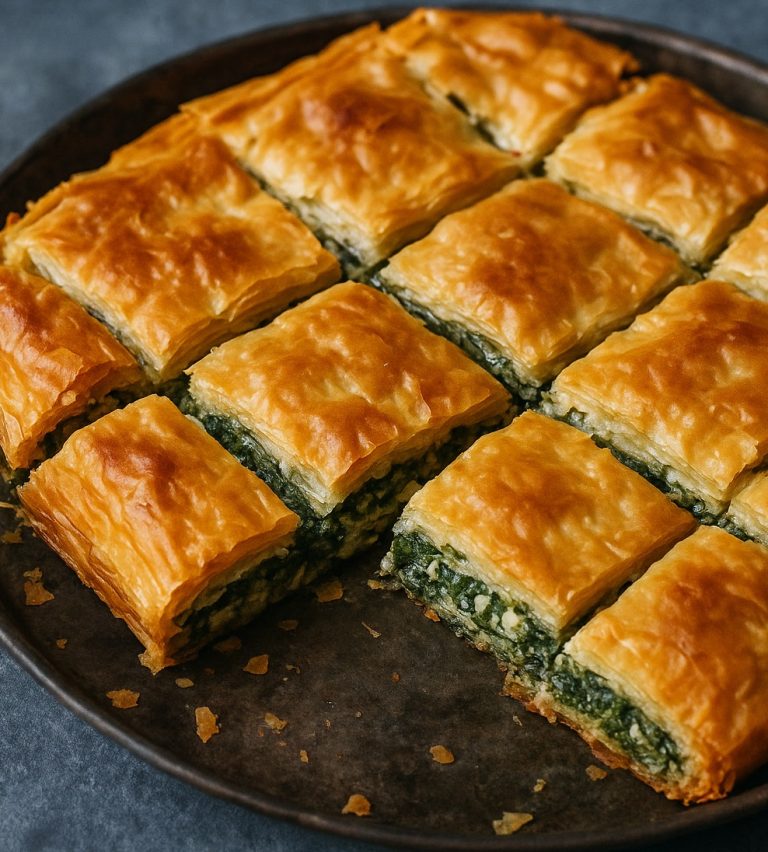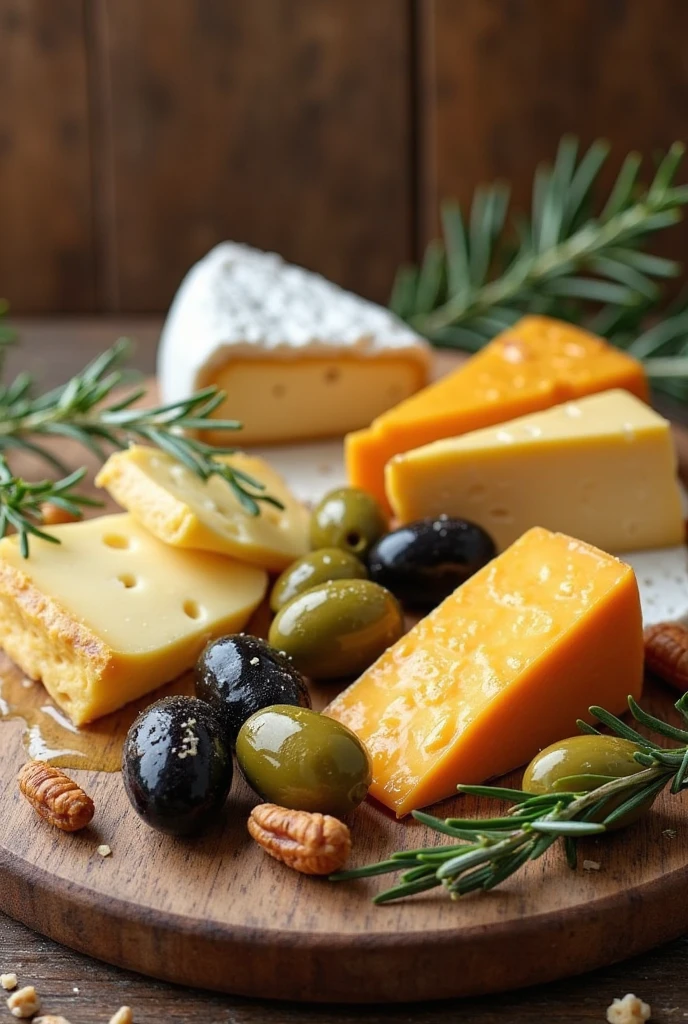
A cheese and olive platter is not just a feast for the palate; it’s a visual and sensory delight that brings people together. Whether for a casual gathering, a sophisticated dinner party, or a simple evening snack, a well-crafted platter can elevate any occasion. In this comprehensive guide, we’ll delve into the art of creating the perfect cheese and olive platter that impresses in taste, presentation, and overall experience.
The Art of Selecting Cheese
Types of Cheese
When selecting cheeses, aim for a variety of textures and flavors to cater to diverse tastes. Here are some popular options to consider:
- Soft Cheeses:
- Brie: Known for its creamy texture and buttery flavor, Brie pairs wonderfully with fruits.
- Camembert: Similar to Brie but with a deeper earthy flavor, making it a rich addition.
- Hard Cheeses:
- Aged Cheddar: Sharp and crumbly, this cheese adds a robust flavor and pairs beautifully with apples and nuts.
- Parmigiano-Reggiano: With its nutty and savory notes, it’s perfect for grating over salads or enjoyed on its own.
- Blue Cheeses:
- Gorgonzola: This Italian cheese is creamy and tangy, bringing a bold flavor to the mix.
- Roquefort: A French classic with a strong aroma and sharp taste, it’s excellent with honey.
- Goat Cheese:
- Tangy and versatile, goat cheese is great for spreading and pairs well with a range of accompaniments, from nuts to fruit preserves.
Cheese Pairing Tips
- Texture: Balance soft cheeses with hard ones to create a diverse tasting experience.
- Flavor: Pair mild cheeses with stronger flavors to avoid overwhelming the palate; consider a soft cheese next to a sharp blue cheese.
- Temperature: Serve cheeses at room temperature to allow their flavors to fully develop. Take them out of the fridge about an hour before serving.
The Versatility of Olives
Olives add a briny, savory element to your platter, enhancing the overall flavor profile. Here are some popular types to include:
- Kalamata: Dark and almond-shaped, these olives have a rich, fruity flavor that pairs well with robust cheeses.
- Green Olives: Often tangy and firm, they provide a refreshing contrast to creamy cheeses.
- Castelvetrano: Known for their sweet, mild flavor, these bright green olives are a crowd favorite and add vibrant color to the platter.
- Stuffed Olives: Olives filled with garlic, pimentos, or even blue cheese offer an exciting burst of flavor.
Olive Pairing Tips
- Variety: Include a mix of green, black, and stuffed olives for a colorful display and a range of flavors.
- Brine: Consider the saltiness of the olives when choosing cheeses to ensure a balanced flavor profile. Overly salty olives can overpower delicate cheeses.
Complementary Accompaniments
To enhance your cheese and olive platter, consider adding complementary items that will enrich the tasting experience:
- Crackers and Bread: Offer a variety, including whole grain, gluten-free, and artisan breads. Breadsticks and flatbreads can also be great additions.
- Fruits: Fresh grapes, figs, or sliced apples provide a sweet contrast to the savory elements. Dried fruits like apricots or dates can also add a chewy texture.
- Nuts: Almonds, walnuts, and pistachios provide a crunchy element and a nutty flavor that pairs well with both cheese and olives.
- Spreads and Dips: Include honey, fig jam, or tapenade for an extra touch. A balsamic reduction can also add a tangy sweetness that complements the platter beautifully.
- Vegetables: Consider adding fresh vegetables like cherry tomatoes, cucumber slices, or pickled veggies for added freshness and crunch.
Presentation Tips for an Eye-Catching Platter
The presentation of your cheese and olive platter is crucial for making a strong visual impact. Here are some tips for arranging your platter beautifully:
- Choose the Right Board or Platter: Use a wooden or marble board for a rustic yet elegant look. A slate board can also add a modern touch.
- Arrangement: Group similar items together, but vary the shapes and sizes to create visual interest. For example, place soft cheeses next to crackers, with hard cheeses nearby for easy access.
- Layering: Stack or lean items against each other to create height and dimension on the platter. This makes it more visually appealing.
- Garnishes: Fresh herbs like rosemary or thyme can add a pop of color and aroma. Consider using edible flowers for an extra decorative touch.
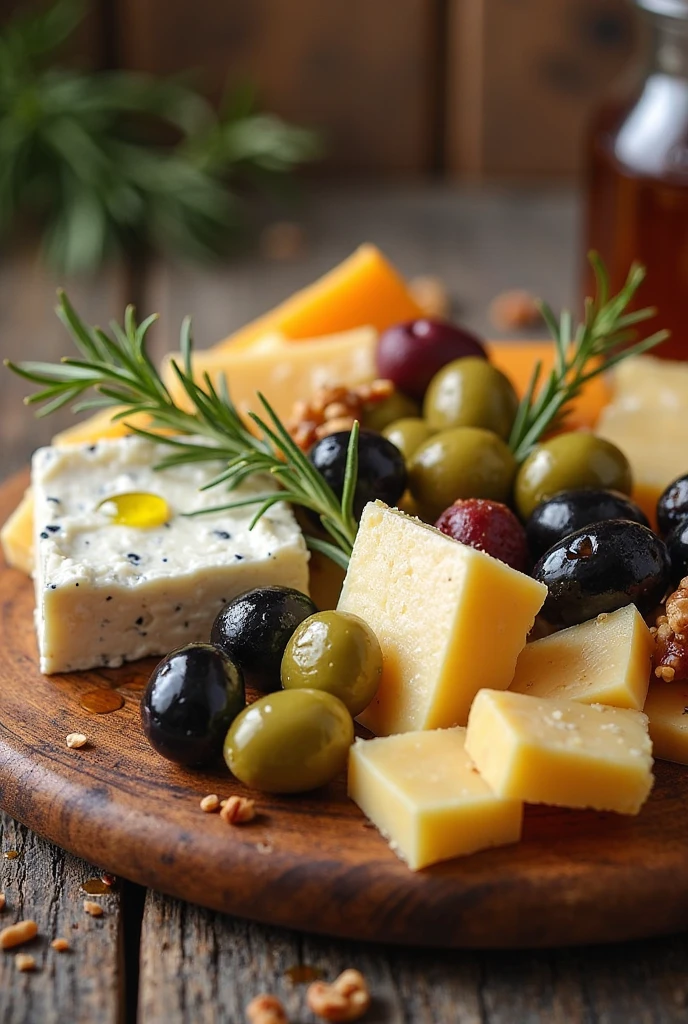
Pairing Beverages
While cheese and olives are delightful on their own, pairing them with the right beverages can elevate the experience even further. Here are some classic pairings:
- Wine:
- White Wines: Crisp Sauvignon Blanc or a buttery Chardonnay complement softer cheeses and olives.
- Red Wines: A dry red like Cabernet Sauvignon or Merlot pairs well with aged Cheddar and blue cheeses.
- Beer: A light lager or a fruity wheat beer can work well with a variety of cheeses and olives.
- Non-Alcoholic Options: Consider sparkling water, herbal teas, or non-alcoholic wines for a refreshing alternative.
Creating the perfect cheese and olive platter is an art that combines taste, texture, and visual appeal. It’s not only about the food but also about the experience of sharing and enjoying with friends and family. Encourage guests to explore different combinations, fostering conversation and enjoyment.
With thoughtful selections, a beautiful presentation, and the right accompaniments, your platter will be the highlight of any gathering. So gather your ingredients, unleash your creativity, and enjoy the delightful journey of flavors that a cheese and olive platter has to offer! Whether it’s a simple snack or the centerpiece of a festive feast, a well-crafted platter is sure to impress and satisfy.
